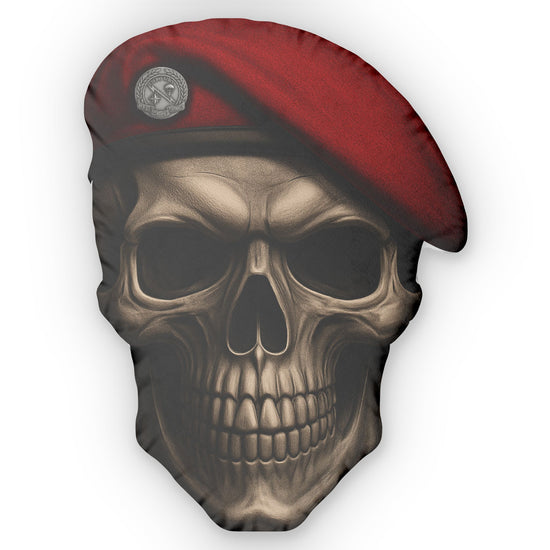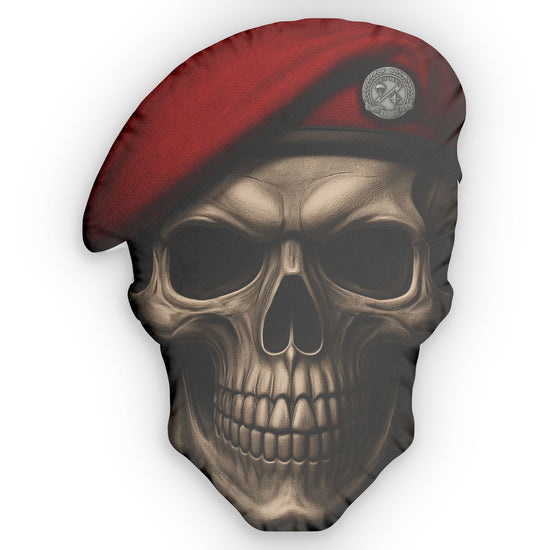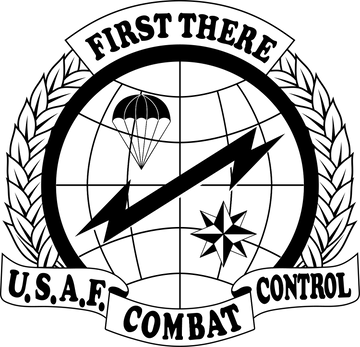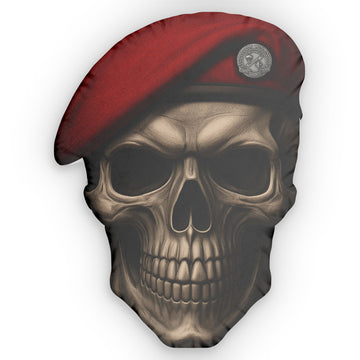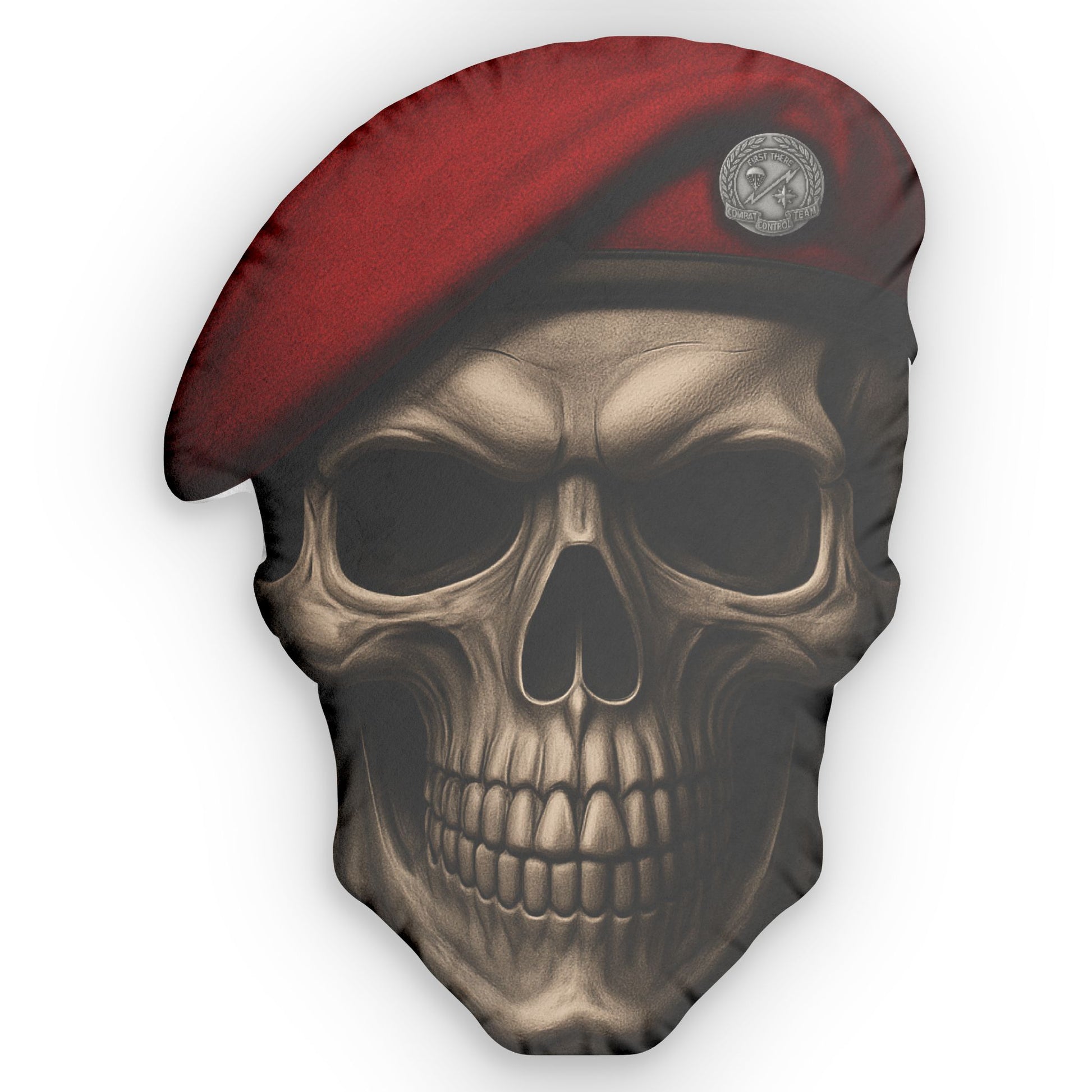
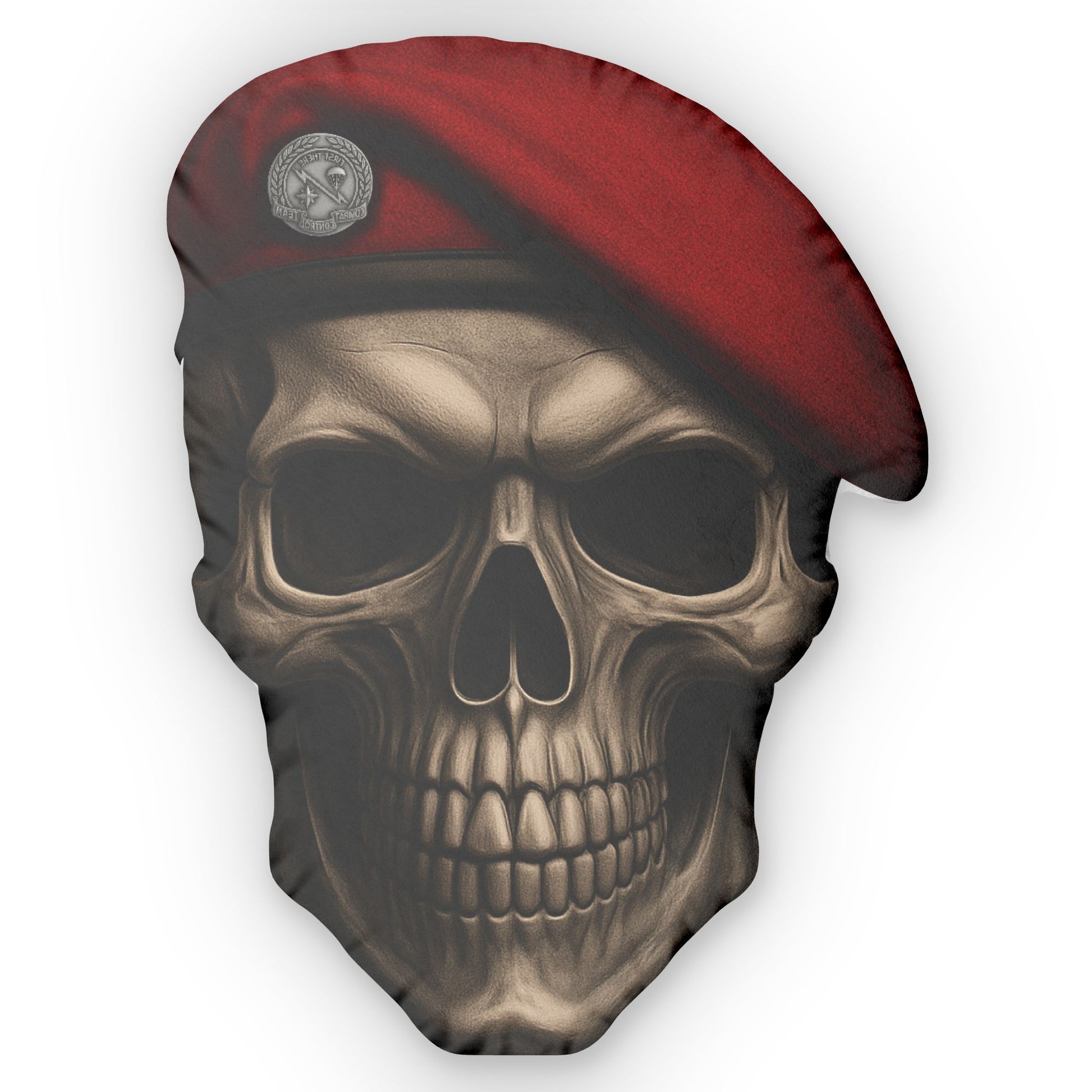
CCT Skull & Beret, Custom Shaped Pillow
-
Free Shipping for orders $50+
Money back within 30 days for an exchange.
The red beret belongs to a rare breed, and this design carries that legacy forward. The skull captures the fearless resolve of the Combat Controller, while the beret and flash mark the identity of the U.S. Air Force’s most select battlefield airmen. This piece is a tribute to the quiet professionals who bring order to chaos and airpower to the fight.
STS, Inc. is bringing back the old-school designs that meant something. Trademarked and unapologetic.
Product features
- 100% polyester exterior ensures durability and shape retention.
- Vibrant colors achieved through advanced printing techniques for eye-catching designs.
- Crafted with a 100% polypropylene interior for a sturdy feel.
- Double-sided decoration offers a mirrored back print for versatility.
- Available in four sizes, accommodating different needs and styles.
Care instructions
- Machine wash: cold (max 30C or 90F), gentle cycle, *hand wash will extend the quality of the product
- Do not bleach
- Do not tumble dry
- Do not iron
- Do not dryclean
CCT History
Combat Control Teams (CCT) were established in 1953 to provide air traffic control and command-and-control capabilities in support of U.S. and allied special operations. Evolving from WWII pathfinders and glider operations, CCTs became essential for establishing drop zones, landing zones, and assault strips in denied or austere environments. Over the decades, they’ve deployed alongside every U.S. SOF element, enabling precision airpower in conflicts from Southeast Asia to the Middle East. CCTs are uniquely qualified as FAA-certified air traffic controllers and hold a wide array of advanced skills: they are certified Joint Terminal Attack Controllers (JTACs), combat divers, static-line and military free-fall parachutists (HALO/HAHO), qualified in demolitions, small unit tactics, survival/evasion/resistance/escape (SERE), communications, fire support coordination, and reconnaissance. Their ability to integrate air and ground operations under extreme conditions makes them one of the most versatile and mission-critical assets in U.S. special operations.
